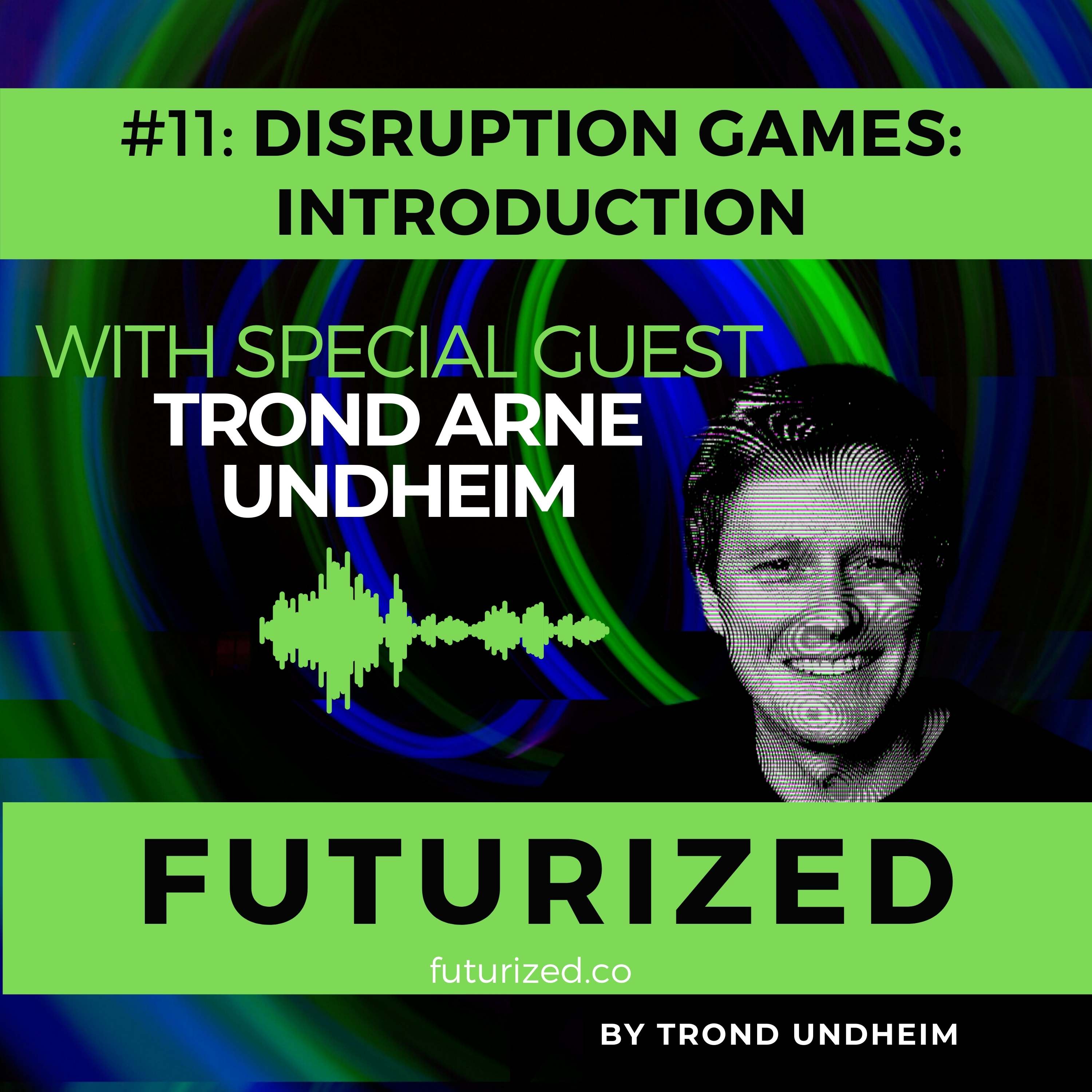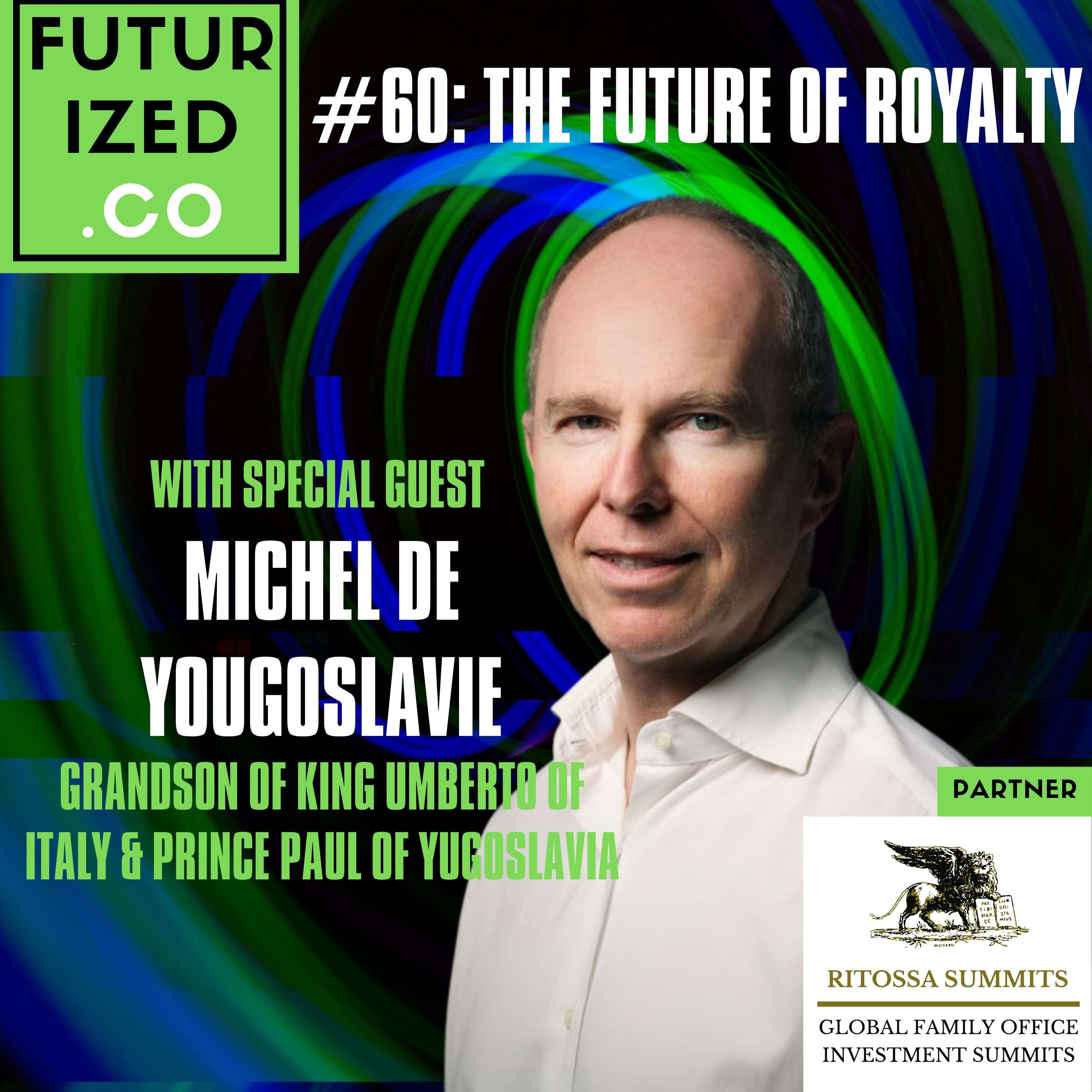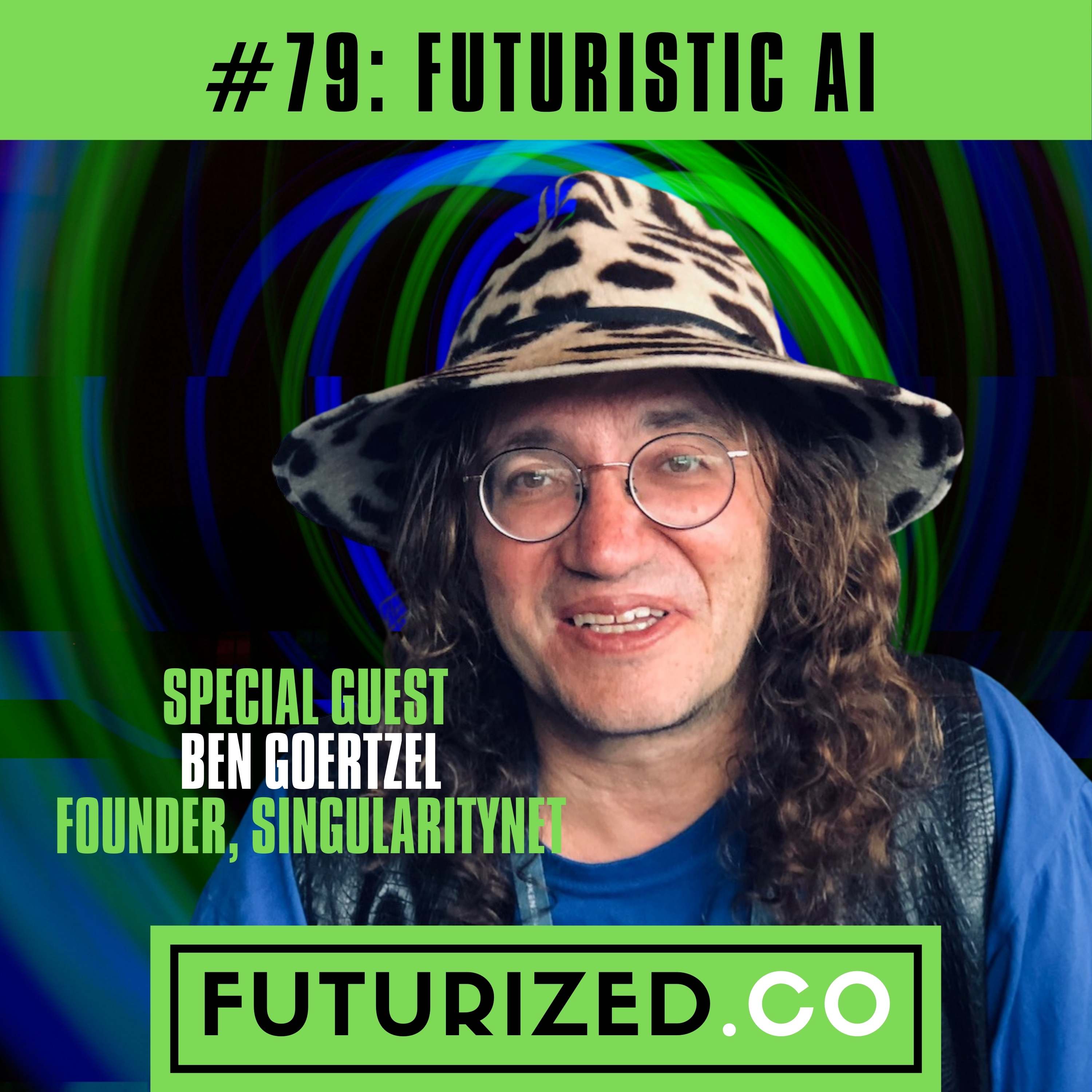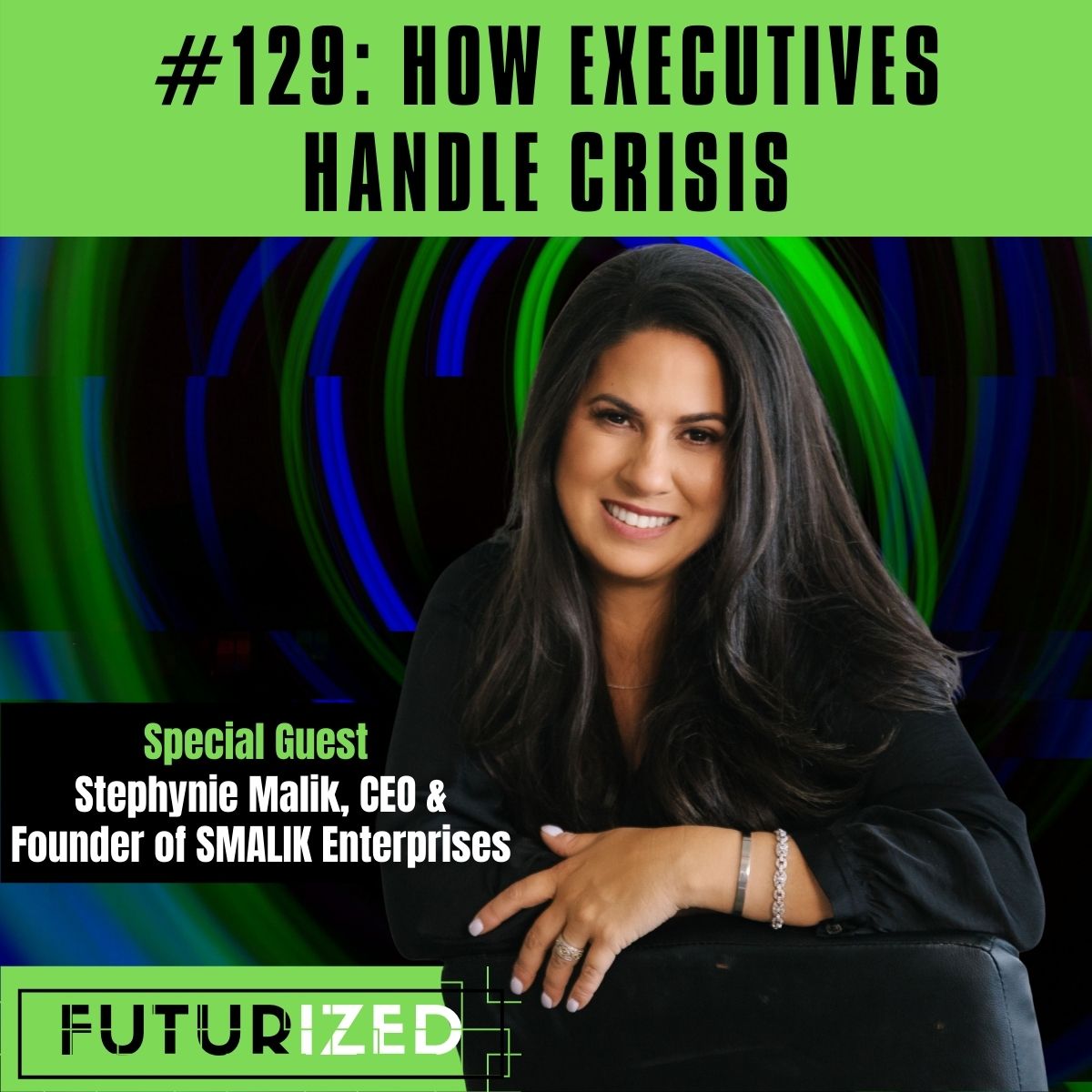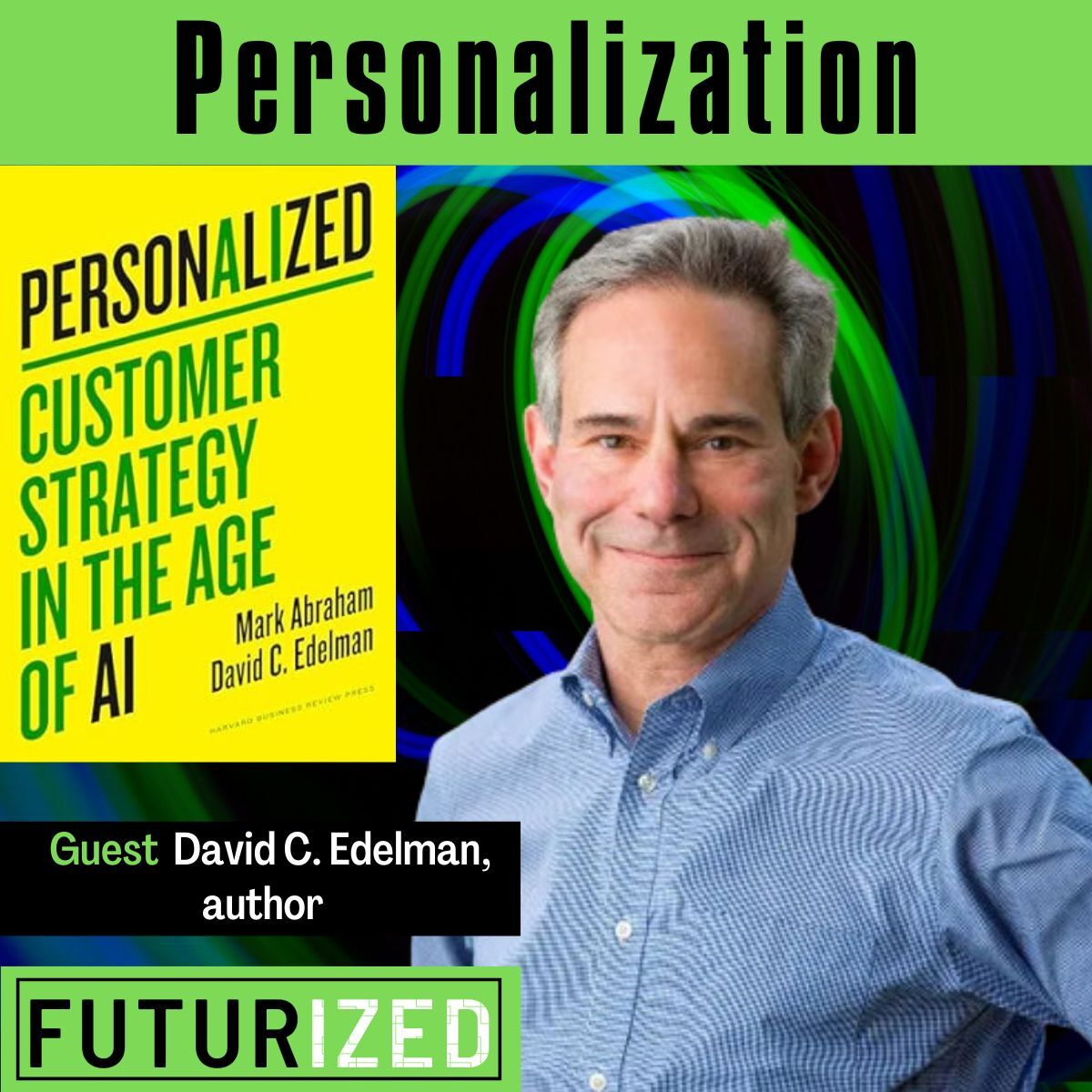Future tech as a disruptive force
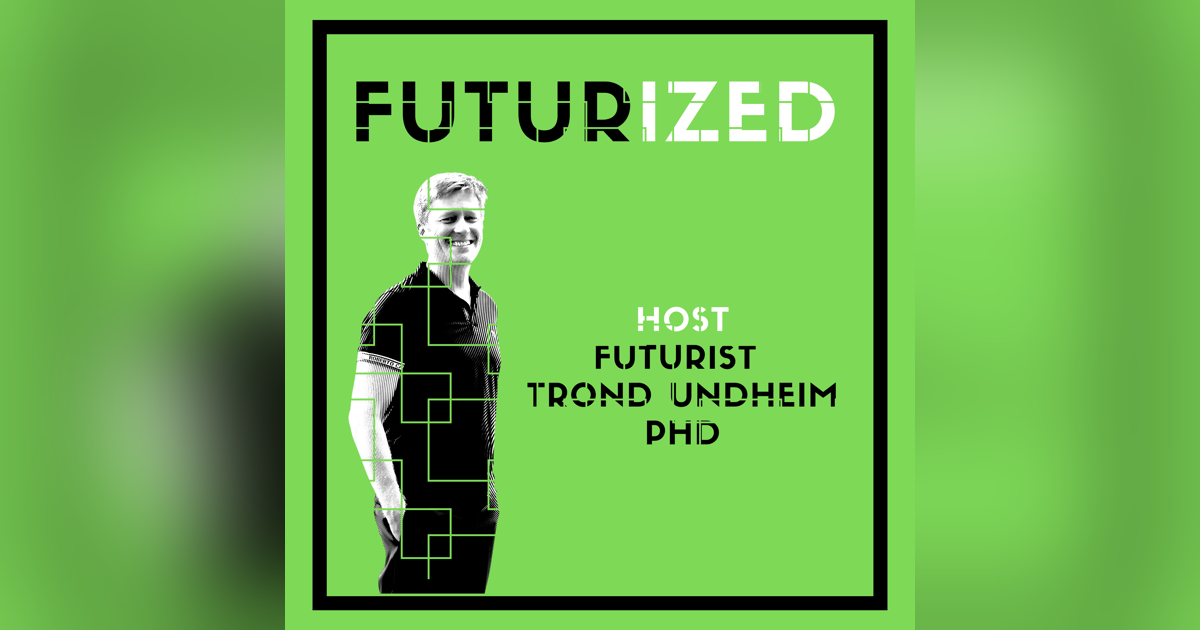
In episode 86 of the podcast, the topic is: Future Tech: Disruptive technology forces. Futurist Trond Arne Undheim talks about Chapter 2 of his forthcoming book Future Tech: How to capture value from disruptive industry trends, which is about how science...
In episode 86 of the podcast, the topic is: Future Tech: Disruptive technology forces. Futurist Trond Arne Undheim talks about Chapter 2 of his forthcoming book Future Tech: How to capture value from disruptive industry trends, which is about how science and technology enable innovation. We listen to some clips from earlier episodes of Futurized, in the domains of AI, engines, quantum computing and more.
After listening to this episode, check out the Future Tech book, which can be obtained in near any bookseller around the globe:
- Future Tech (author website): https://trondundheim.com/future-tech/
- Future Tech (Amazon.com): https://www.amazon.com/Future-Tech-Capture-Disruptive-Industry/dp/1398600326/
- Future Tech (Amazon.co.uk): https://www.amazon.co.uk/Future-Tech-Capture-Disruptive-Industry-ebook/dp/B08PQ1X6RJ/
- Future Tech (Publisher website): https://www.koganpage.com/product/future-tech-9781398600324
The show can be found at Futurized.co. Additional context about the show, the topics, and our guests, including show notes and a full list of podcast players that syndicate the show can be found at https://trondundheim.com/podcast/. Music: Electricity by Ian Post from the album Magnetism.
To advertise or become a guest on the show, contact the podcast host here.
If you like this topic, you may enjoy other episodes of Futurized, such as episode 51 which is on AI for Learning, episode 16 on Perception AI, episode 49 Living the Future of Work, or episode 71 Future Tech - a Preview.
FutureTech_tech_mixdown
Trond Arne Undheim, Host: [00:00:00] Futurized goes beneath the trends to track the underlying forces of disruption in technology, policy, business models, social dynamics, and the environment. I'm your host thrill, no-no futurist and author. In this episode of the podcast, the topic is future tech, disruptive technology forces. I talk about chapter two of the book, future tech, which is all about how.
[00:00:26] Science and technology enabled innovation. We listened to some clips from earlier episodes of futurizing in the domains of AI engines, quantum computing, and more. Let's hear what Alex scolding co-founder of liquid piston and MIT spinout says about the future of engines and the prospect of powering engines by electricity.
[00:00:54] Even though the future is now becoming okay. It's a 30 to 40 X Delta in energy density between batteries and fuel. So that's an incredible Delta. The whole world is excited to be going electric. And I think that's a, it's a historical trend. The world has wanted to go electric since the beginning, but what we see is a move towards electrification and also exciting new spaces like urban air mobility, just completely new concepts in mobility.
[00:01:27]These things are pretty exciting right now. Let's hear Tom Ryden executive director of mass robotics.
[00:01:35] Tom Ryden, Exec Dir, MassRobotics: [00:01:35] The Kiva approach is really unique when I first came out. And what they did was use robots to physically move shelves from a warehouse to where the item was picked and packaged.
[00:01:46] And the benefit that brought was instead of have people running in a massive warehouse to go get a book or a toothbrush or whatever you just order from Amazon. The robot would actually bring the shelf right to the picker. So they needed an item they would turn. And the chef that had that item would be right there next to them.
[00:02:04] So they didn't have to move anywhere. They could just grab the item. The robot would then take that shelf away and bring the next shelf. There's been a number of startups and other companies now that have looked at that benefit of kind of optimizing how to go smooth in the warehouse and I've taken different approaches.
[00:02:18]And there are robots now that will go in and go to locations. And show on a screen, what the pickers should pick and then put it in the carpet. The robot runs away and goes to the next location. And when it's got a full order, it goes to a pack-out area. All of this is just to address the fact that us is buying more through e-commerce.
[00:02:37] The world is fine.
[00:02:39] This is what Otkrist Gupta, head of data science at Lendbuzz says about. Deep learning neural networks,
[00:02:46] Otkrist Gupta, VP Data Science, Lendbuzz: [00:02:46] They are building these neural networks, which are essentially mimicking a new neurons off a brain. But we don't understand how our rights working. So this like huge field now, explainability, you have a decision form in your life.
[00:02:59] You need to explain. It said what it said.
[00:03:02] Let's hear what Jaya Baloo, chief information security officer of Avast suffers says about quantum security.
[00:03:09] Jaya Baloo, Chief Information Security Officer (CISO), Avast Software: [00:03:09] So if we know, something, a large prime time, something, another large prime equals. This product, we can do this mathematical operation in our current computers rather easily, but to reverse this one-way function, if we only have the product or the ciphertext to then reverse it, to try to figure out which are the keys that we've got.
[00:03:31]When we got this, what are all the possible combinations of keys? That's really difficult for our current computers to solve. And basically what we have with integer factorization is that very smart individuals, Peter shore. Actually wrote an algorithm that will solve this integer factorization problem.
[00:03:51] So he'll find all of the factors that will be used to actually potentially calculate. So the algorithm is already available. Now we just need a quantum computer to run the algorithm on.
[00:04:08] It should be clear that eventually like a fully quantum internet will also requires quantum computers to be connected over this quantum internet. So quantum communications is not just for the preservation of current communications and all its, multiple States, but also for a quantum computing network.
[00:04:26] As well. So you've got this fully quantum backbone. Communications computation, and then you have a sensory and metrology
[00:04:35] Trond Arne Undheim, Host: [00:04:35] listening to the Futurized podcast is one way to follow technology trends. There are now almost 100 episodes worth of content, each 45 minutes or more interviews with thought leaders.
[00:04:46] I try to interview smart people with a soul. Future tech, how to capture value from disruptive industry trends is a new book in pre-order worldwide. Now this book in futurist thinking is. Published by the renowned independent London-based publisher Kogan page. And we'll be in general sale from March through third, 2000 21 in the UK and Europe.
[00:05:14] And from March 30th this year in North America. Future tech explains how the four forces of technology, policy, business models, and social dynamics work together to create industry disruption and how this understanding can help to predict what is coming next. Technology is generally viewed as the single force that disrupts markets.
[00:05:39] However, industry is rife with stories of technologies that have failed to meet such hyped expectations.
[00:05:55] In this episode, we look at chapter two, which dive deeply into the understanding of technology as a disruption force classifying technologies in terms of how they are used in society is not simply a case of an adoption curve in the vein of what Gartner's hype cycle attempts to do. It begins with dividing technologies into how they are embedded in society, which I see as a.
[00:06:20] Breaking down into the following categories, emerging infrastructure, common mass market and legacy technologies listed after degree of future orientation, emerging tech, which relates to other concepts to just frontier tech, deep tech parts, tech Saifai tech or tough tech is technology that still has an adoption curve into the future.
[00:06:48] It is aspirational. Complicated unproven. It may have hypertension. But it is not yet possible to scale its production. One example of current emerging tech is 3d printing. Although we now have desktop 3d printers, the true potential sure of metal 3d printing, for example, is still on your puzzle to see using prototypes and only a very few disruptions experts have any capacity to track more than a few of these topics in some depth at any given time.
[00:07:20] Which is why making use of a man-machine system to accelerate your learning and tracking tech insight is going to become essential. And the next decade, what I often do is deploy the man-machine systems to select content from a short list of publishers. I have already decided then as a second step by plugged the terms, I find need to one of the forces of disruption or by Ford matrices.
[00:07:47] As a conclusion, science and technology enable innovation in a myriad of ways, not the least understood yet. In fact, science and technology will each in different ways likely change more in the next decade that they did in the 30 to 50 years, that proceeded. It is also true that some things that we may wish would change fast, EG the speed of creating.
[00:08:13] Suddenly needed vaccines or the path to understanding the depth of human emotions might take much, much longer either because they are exponentially more complex than the things we do make progress, or because we haven't yet gotten the critical mass pre-existing knowledge to build the required platforms, understanding to make true knowledge possible.
[00:08:38] We're probably. In the next episode, I shall turn to a review of how policy and regulation, moderate market conditions and in, so doing change, the very foundation that science and technology had assumed it was constant. In doing so policies are not just reactive. They may set the stage for significant scientific development or conversely may inhibit some activities.
[00:09:07] Similarly, it can impact all other forces of disruption, including business and social forces. As I will study in further episodes and represent further chapter in the future tech book.



































